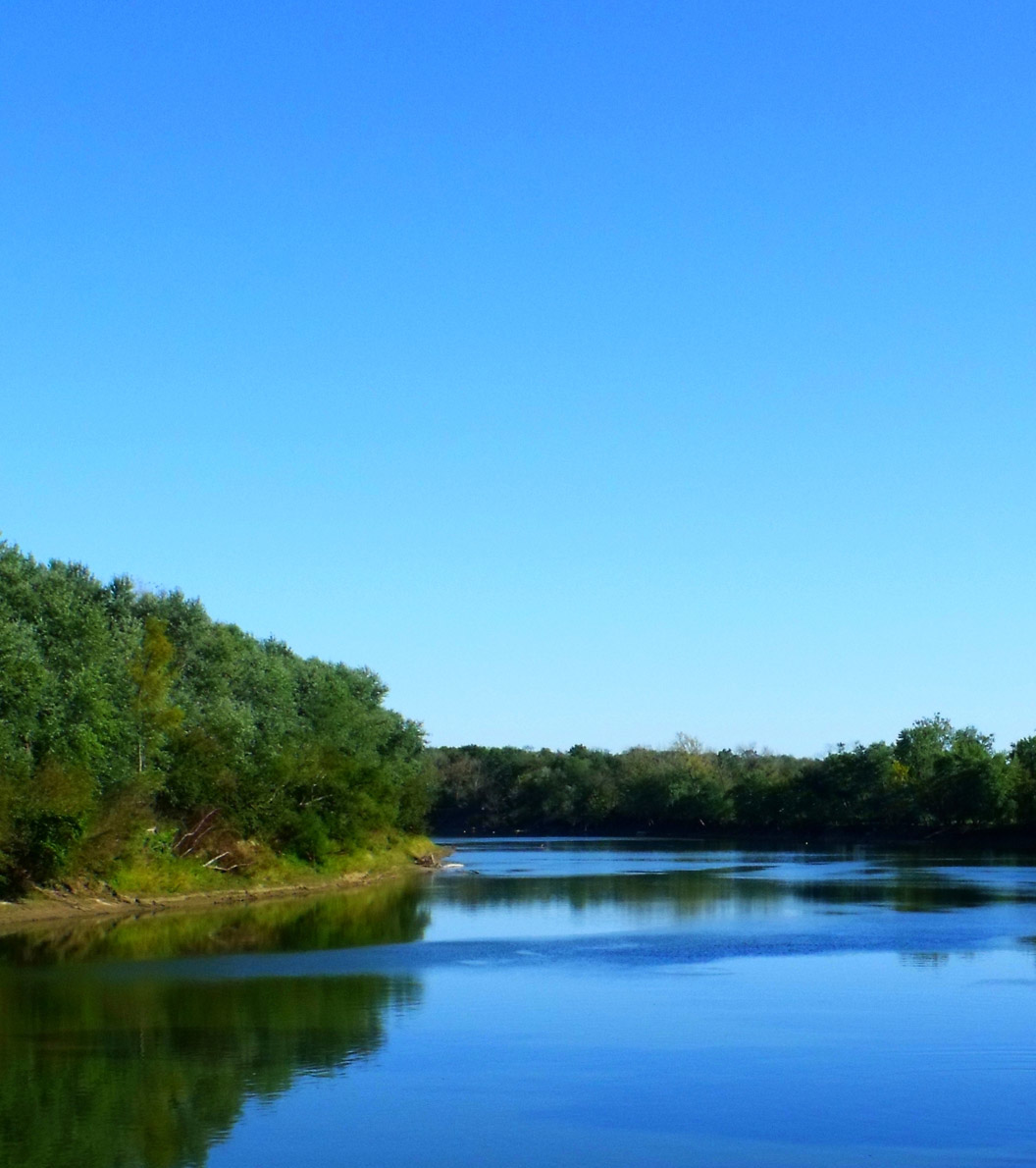
Published 2025-03-30
Keywords
- water,
- moon,
- Anishinaabe,
- cosmos,
- matriculture
Copyright (c) 2025 Barbara Moktthewenkwe Wall (Author)

This work is licensed under a Creative Commons Attribution-NonCommercial-NoDerivatives 4.0 International License.
How to Cite
Abstract
Through a combination of reflective, creative, and academic writing in Anishinaabemowin and English, this research article explores Kiinoomaagewag nibi manidoog—Knowledge that originates with the water spirits—and the infinite, intimate relationship between water, Bodwewaadmii Anishinaabe women, the cosmos, and all of life. It explores Bodwewaadmii Anishinaabe women’s roles and responsibilities in the care taking of water, and the parallel responsibilities of the moon and water-related metaphysical beings. In addition, the concept of water and water spirits as relatives, teachers, and sustainers is discussed.
References
- Absolon, Kathleen A. Kaandossiwin: How We Come to Know: Indigenous Re-search Methodologies. Halifax, NS: Fernwood Publishing, 2022.
- Benton-Banai, Edward. The Mishomis Book: The Voice of the Ojibway. St. Paul, MN: Red School House, 1988.
- Ceccarelli, Cecilia, and Fujun Du. “We Drink Good 4.5-Billion-Year-Old Water.” Elements (Quebec) 18, no. 3 (2022): 155–60. https://doi.org/10.2138/gselements.18.3.155.
- Chiblow, Susan. “Relationships and Responsibilities between Anishinaabek and Nokomis Giizis (Grandmother Moon) Inform n’bi (Water) Governance.” AlterNative : An International Journal of Indigenous Peoples 19, no. 2 (2023): 283–92. https://doi.org/10.1177/11771801231173114.
- Craft, Aimée. Anishinaabe Nibi Inaakonigewin Report (2014). Available at SSRN: https://ssrn.com/abstract=3433235 or http://dx.doi.org/10.2139/ssrn.3433235
- Dudgeon, Patricia, and Abigail Bray. "Indigenous Relationality: Women, Kinship and the Law" Genealogy 3, no. 2 (2019): 23. https://doi.org/10.3390/genealogy3020023
- Foushee, Lea and Renee Gurneau. Sacred Water, Water for Life. Lake Elmo, MN: North American Water Office, 2010.
- Geniusz, Wendy Djinn. Our Knowledge Is Not Primitive : Decolonizing Botanical Anishinaabe Teachings. 1st ed. Syracuse, N.Y: Syracuse University Press, 2009.
- Gough, Evan. “Earth’s Water is 4.5 Billion Years Old,” The Universe Today, Space and Astronomy News, accessed November 2, 2023, https://www.universetoday.com/159204/earths-water-is-4-5-billion-years-old/
- Johnston, Basil. Ojibway Heritage. Toronto: McClelland and Stewart, 1976.
- Johnston, Basil. Tales the Elders Told, Ojibway Legends. Toronto: Royal Ontario Museum, 1981.
- Johnston, Darlene. Connecting People to Place: Great Lakes Aboriginal History in Cultural Context. Toronto, Ont: Ministry of Attorney General, 2006.
- Morton, Ron and Carl Gawboy. Talking Rocks, Geology and 10,000 years of Native American Tradition in the Lake Superior Region. Minneapolis: University of Minnesota Press, 2000.
- Penney, David W. and Gerald McMaster. Before and After the Horizon, Anishinaabe Artists of the Great Lakes. Washington, D.C.: National Museum of the American Indian, 2013.
- Roberts, Mere, Frank Weko, and Liliana Clarke. Maramataka: the Maori Moon Calendar. Research Report No. 283. Canterbury, New Zealand: Matauranga Maori and Bio Protecting Research Team, National Centre for Advance Bio-Protection Technologies, Lincoln University, 2006. Available at https://researcharchive.lincoln.ac.nz/server/api/core/bitstreams/6eb5e823-90ba-4063-b596-100e293fe183/content
- Rosenbrough, Amy and Bobbie Malone. Water Panthers, Bears, and Thunderbirds, Exploring Wisconsin’s Effigy Mounds. Madison: Wisconsin Historical Society Press, 2003.
- Simpson, Leanne Betasamosake. Dancing on Our Turtle’s Back: Stories of Nishnaabeg Re-Creation, Resurgence and a New Emergence. Winnipeg: Arbeiter Ring Pub., 2011.
- Simpson, Leanne Betasamosake. A Short History of the Blockade: Giant Beavers, Diplomacy, and Regeneration in Nishnaabewin. Edmonton, AB: University of Alberta Press, 2021. https://doi.org/10.1515/9781772125528.
- Sutherland, Abe. “Anishinaabe Anang Gikendaasowinan miinawaa Nekaanag.” IESS1001H Guest Lecture, Trent University, Peterborough, ON, January 29, 2019.
- Sutherland, Abe and Mary Moose. “Anang Gikendaasowinan.” First Peoples House of Learning Traditional Teaching, Trent University, Peterborough, ON, January 30, 2019.
- Tynan, Lauren. “What is relationality? Indigenous knowledges, practices and responsibilities with kin.” Cultural Geographies, 28(4), (2021): 597-610. https://doi.org/10.1177/14744740211029287
- Vogt, Kristiina A., Karen H. Beard, Shira Hammann, Jennifer O’Hara Palmiotto, Daniel J. Vogt, Frederick N. Scatena, and Brooke P. Hecht. “Indigenous Knowledge Informing Management of Tropical Forests: The Link between Rhythms in Plant Secondary Chemistry and Lunar Cycles.” Ambio 31, no. 6 (2002): 485–90. https://doi.org/10.1579/0044-7447-31.6.485.
- Wall, Moktthewenkwe Barbara, and Gina Valle. “Nokmisag: Bemnigying.” In Grandmothers and Grandmothering: Creative and Critical Contemplations in Honour of Our Women Elders, edited by Kathy Mantas, 241–56. Toronto: Demeter Press, 2021. https://doi.org/10.2307/j.ctv20tq9jw.21.
- Wall, Barbara Moktthewenkwe. It Flows from the Heart: Bodwewaadmii Anishinaabekwewag Nibi Waawiindmowin (PhD diss., Trent University, 2022).
- Wall, Barbara Moktthewenkwe. “Living and Dying mno bemaadiziiwin: Wearing Our Teachings in Contemporary Times.” In Turtle Island Journal of Indigenous Health, Vol. 1 No. 3 (November 9, 2023): 90-103. https://doi.org/10.33137/tijih.v1i3.38501
- Wall, Barbara Moktthewenkwe. “Anishinaabeodziiwin miinwaa Gikendasswin: Anishinaabe ways of knowing and being through relationality.” In Unsettling Education: Decolonizing and Indigenizing the Land, eds. Patrick Lewis, Anna-Leah King and Kathleen O’Reilly, 142-167. Toronto: Canadian Scholars Press, 2024.
- Wayman, Erin. “Moonlight shapes how some animals move, grown and even sing,” Science News, July 8, 2019. https://www.sciencenews.org/article/moon-animals-light-behavior-lunar-phases
- Zinga, Dawn, and Sandra Styres. "Coming Full Circle: Looking to Grandmother Moon." Canadian Journal of Education/Revue canadienne de l'éducation 36, no. 2 (2013): 313-317.

